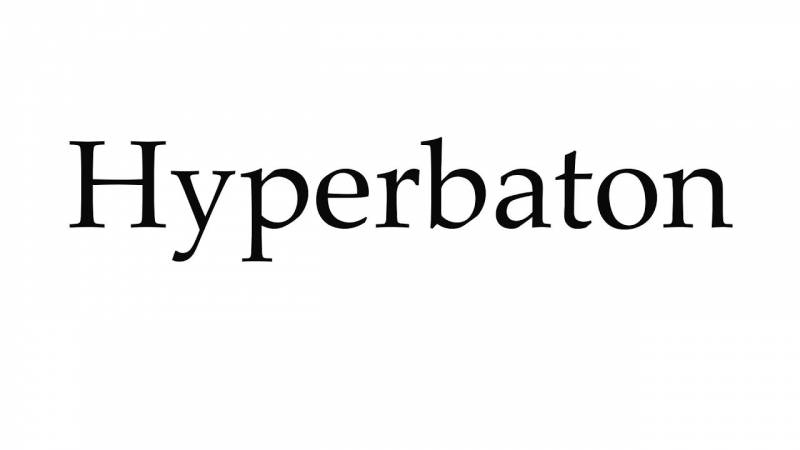Hyperbaton

In its original use, the term "hyperbaton" refers to a figure of speech in which additional words are inserted to break up a statement. The term "anastrophe" is also used more broadly in current language to refer to figures of speech that reverse the word order of sentences. The term is derived from the Greek hyperbaton, which means "stepping over" and is formed from the prefix hyper ("over") and the verbal adjective suffix bainein ("to step"). The reader is supposed to "step over" the words added in between in order to comprehend the sentence.
In highly inflected languages, whose sentence meaning does not heavily depend on word order, the separation of related words for emphasis or impact is achievable to a far higher extent. The hyperbaton effect is frequently used to accentuate the initial word in Latin and Ancient Greek. It has been referred to as "perhaps the most obviously foreign element of Latin word order." Donatus includes hysterologia, anastrophe (for which the term hyperbaton is occasionally used figuratively), parenthesis, tmesis, and synchysis under the heading of hyperbaton in his work On Tropes. Hyperbaton is a very common technique in poetry, especially poetry written after the first century BC; about 40% of Horace's adjectives are separated from their nouns.







